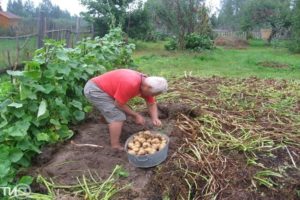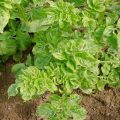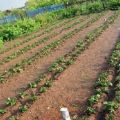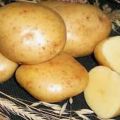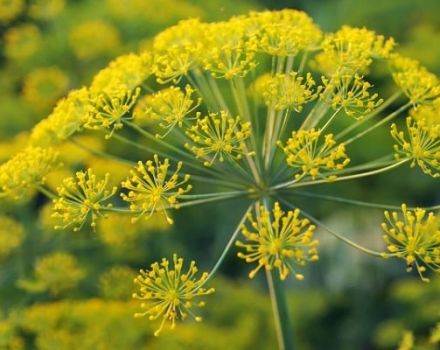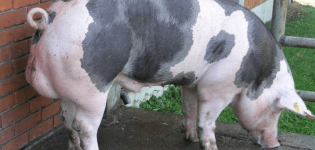How to prepare and apply ash as fertilizer in the garden?
Wood ash, as a fertilizer, is used to enrich the soil with compounds of potassium, magnesium, sulfur, boron, phosphorus and other inorganic substances that are indispensable for improving the quality of soil. The peculiarity of natural mineral feeding is that it can be used throughout the development and growth of fruit, berry and flower crops, without fear of damaging the plants and reducing the yield. So what is the position of ash fertilizers among analogues?
The composition and use of ash
For the convenience of dosing fertilizer from the stove, use standard weights, the content of which dry matter is characterized by the following indicators:
- 1 tbsp. spoon (with a slide) - 5-6 g;
- a glass - 95-110 g;
- 0.5 liter can - 240–255 g;
- can of 1 l - 480-510 g.
The nominal composition of ash in its pure form is almost the same, despite the fact that the source of raw materials is not only wood logs and sawdust, but also leaves, grass, coal. But the qualitative content of certain chemical elements will vary significantly, even depending on the type or age of the material being burned.
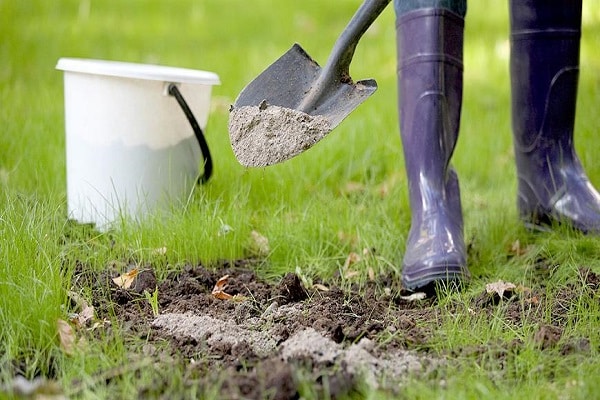
It is believed that the highest concentration of nutrients is possessed by the ash of plants such as sunflower and buckwheat, and from trees, fertilizer from the trunk of a birch is endowed with similar usefulness. The least useful types are ash from burnt peat.
The composition of a pure ash fertilizer includes the following mandatory elements:

- phosphorus;
- potassium;
- calcium;
- sulfur;
- iron;
- zinc;
- magnesium;
- manganese;
- molybdenum.
Regarding the first two elements - phosphorus and potassium, it should be noted that the assimilation of these substances by plants from ash concentrates is an order of magnitude higher than from industrial fertilizers. In addition, the absence of chloride content in the feed base, which is unacceptable in the care of crops such as currants, grapes, gooseberries and raspberries, is also remarkable.

The use of ash as fertilizer meets most of the requirements of fruit-bearing and flower crops: saturation of the soil with oxygen, loosening of heavy loamy soil, and a decrease in the acidity of the earth. It is recommended to introduce ash, having previously strengthened its effect with biologically active additives such as peat, compost substrate or humus. In the absence of these nutrient mixtures, it is permissible to use undiluted ash fertilizers by adding them directly to the hole.
The benefits of deciduous and flower ash
Fertilizer from deciduous or floral ash, obtained after burning withered plant material, which is usually used for roasting in a compost pit. To prevent the loss of a valuable substance, a dry iron barrel is adapted for burning the plant mass.
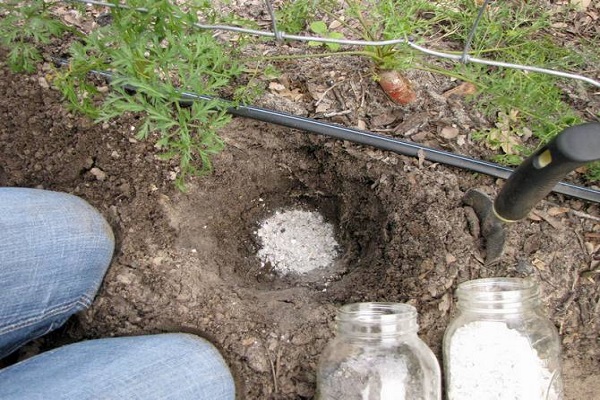
Deciduous ash, as a fertilizer for the garden, is represented by calcium, manganese, sulfuric and zinc oxides, which are most found in fruit trees such as pear and walnut. Unfortunately, other useful substances that are rich in the organic environment of overheating leaves are burned out.
Ash application by soil type
Any soil needs periodic feeding with natural mineral fertilizers, of which a solution of ash or a dry substance containing this element is considered the safest for soil and plants. However, using the fraction uncontrollably and, moreover, not knowing the initial characteristics of the soil, you can get the opposite result and depersonalize the earth to an alkaline state with a pH gradation of 7.
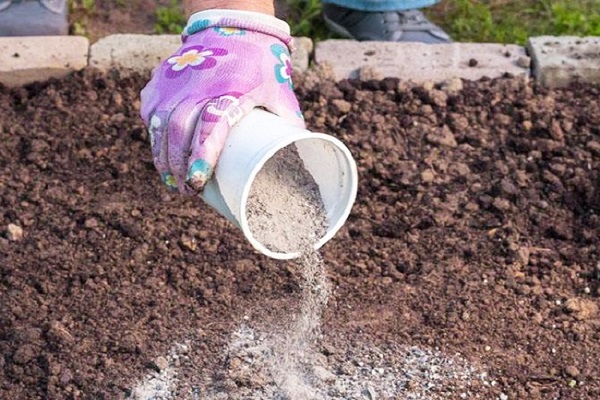
Alkalinization of heavy, loamy and clayey soil with ash fertilizer, carried out twice a year, during seasonal digging, at a rate of 250-300 g of substance per 1 m2... Twice as much ash - up to 650 g per 1 m2, give tight soil with a high acidity level. Fertilization rates for depleted swampy and gray forest areas, this is about 500 g of fertilizer per 1 m2.
Sandy loam soil will require, with a single injection, no more than 150 g per 1 m2, and sod-podzolic soils are fertilized with ash in minimal proportions - from 50 to 80 g of substance per 1 m2.
How to apply ash fertilizer correctly?
Regardless of how ash is used, as a fertilizer for plants or an agent against pests, each crop will make its own adjustments to the way it is treated. Ashes for fertilization are used in at least three ways: by foliar spraying of the tops of the plant, by introducing the prepared solution into the ground, and by directly putting dry matter into the hole.
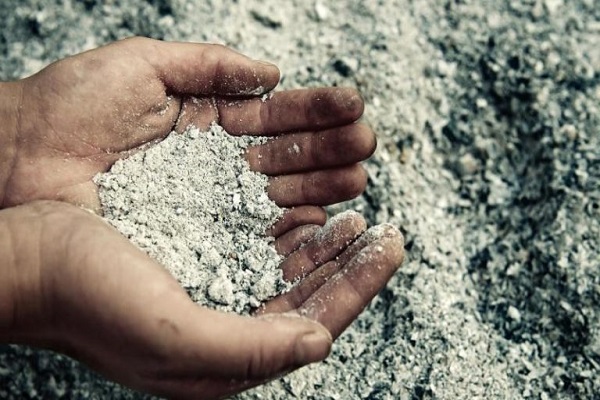
Application of ash fertilizer in the garden:
- Cucumbers require potash feeding if a delay in flowering is noticed or if the quality of the crop needs to be improved by accelerating the ripening of the cucumbers. It is best to apply root watering of seedlings with ash infusion at the beginning of the growing season and repeat the procedure twice more, maintaining a pause of 10-12 days. In total, 400 ml of infusion from burnt grass or wood is used for one plant.
- Tomatoes and sweet peppers perfectly tolerate feeding with dry matter, while ash can be sprinkled on the soil both when planting seedlings in open ground - 50 g per hole, and before watering when the seedlings are in bloom. Dry soil is simply sprinkled with a small amount of ash, and an hour or two after watering, deep loosening is performed.
- All onions require good ash feeding, at least twice during the period of active growth. For abundant shedding of furrows, use a medium-concentrated infusion.
- Ash, as a fertilizer for potatoes, is used in several ways - first it is applied during planting, falling asleep under each potato, a small handful, then - with deep loosening, distributing at least 100 g of fertilizer per 1 m2... The next two feeding potatoes occur at the beginning and end of flowering, during hilling, during which they introduce: for the first time - 30 g of fertilizer under a potato bush, for the second time - 70 g. Another way of feeding potatoes with ash is to irrigate the tops with ash broths. And, finally, the third way to use ash is to protect potatoes from pests by dusting the tops with crushed ash.
- Fertilizing cabbage with ash, it is important not to "overfeed" the seedlings and measure in each hole when planting seedlings, no more than 1 full tablespoon of dry fertilizer. Later, when heads are formed, you should constantly keep the prepared ash infusion and use it for spraying as often as possible at the first signs of pests in the garden.
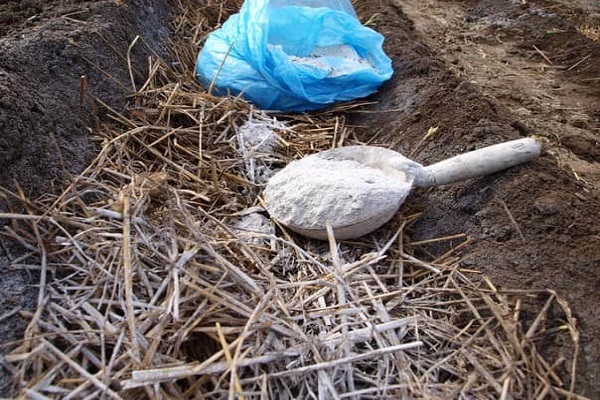
Ash can be replaced with superphosphate and potassium sulfate, which have become familiar to many, and, if necessary, add phosphate fertilizers - even the popular nitrophosphate. The only thing that cannot be avoided when using ash is the use of nitrogen fertilizers, because it is this element that is lacking in this category of mineral composition.
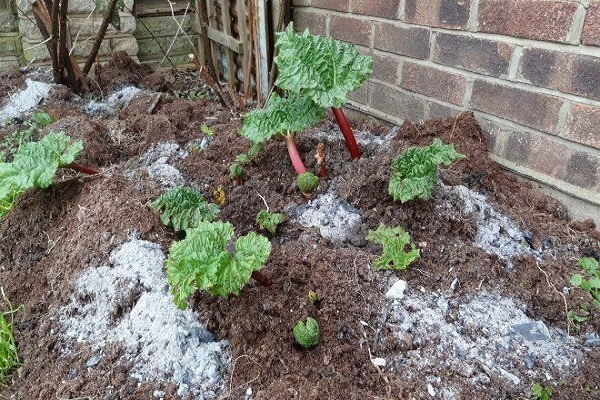
Ash fertilizers in the garden
Ash can also be used as fertilizer for trees and shrubs. For these purposes, ash from coal is suitable, which is ground before adding it to the soil with a small amount of peat. 1 m2, which, counting on planting, means - for one tree, at least 2 glasses of such a composition are brought in. Later, when the seedling gets stronger and requires stimulation of development, the same amount of ash is already mixed 1: 1 with manure and the mixture is introduced when digging the trunk circle.
As well as for trees, ash is useful for feeding shrubs - black currants and gooseberries are especially good for them. Coal ash, as a fertilizer, is not very suitable in this case, but light ash from grass or leaves is perceived by plants as a complete fertilizer that does not require supplements.

How to prepare ash solutions?
Where to get ash for fertilizing? As you know, ash is a product obtained by burning parts of wood, grass, leaves and flowers. If you plan to use ash as fertilizer, you need to take only unpainted and not moldy material that does not contain fungal spores and traces of chemical treatment.
How to make liquid fertilizer from dry matter? A glass of ash, lightly rubbed in the palms for grinding, is poured into a 10-liter container with water, stirred and allowed to settle for a week. As a result, an infusion of medium concentration is obtained, which can be enhanced or weakened by changing the amount of fertilizer applied.
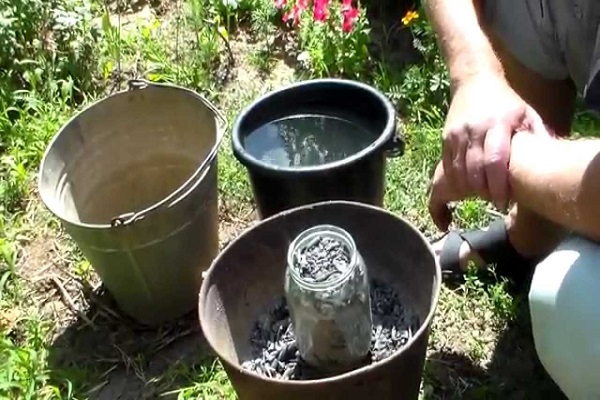
It is good to water potatoes and other vegetables with such an infusion immediately after thoroughly moistening the soil, in addition, it is also prepared for foliar feeding, that is, for irrigation, grape and nightshade crops.
How can the effect of ash be enhanced? Introduce the nitrogen component into the fertilizer and make the feeding more complete, the preparation of a mineral-organic mixture from ash and moistened peat 1: 3 will help... The resulting mass must also be allowed to brew, but no more than 2-3 hours, after which the fertilizer is distributed throughout the garden, combining the action with digging.
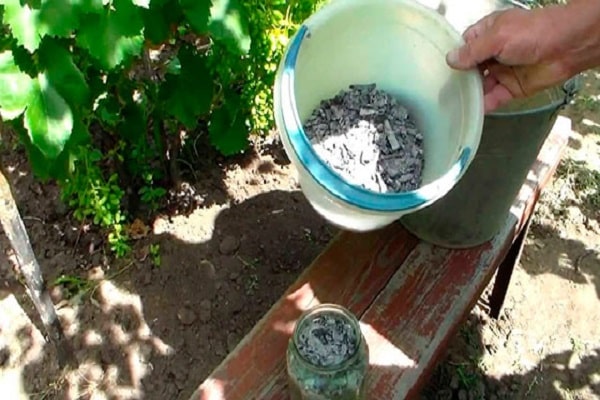
Quite often, all cold solutions and mixtures, like fertilizers from ash, are replaced by a decoction, also called "base". On its basis, multicomponent mineral dressings are later prepared, but it is quite suitable for independent use. For the broth, take at least 8 full glasses of dry ash and dilute it in a bucket of water, after which the liquid is boiled for 15 minutes. Each liter of cooled broth must be diluted with 9-11 liters of water and only then used for watering.
How to replace ash or correctly fill in the missing amount? Most gardeners use dolomite flour and even fluff lime for these purposes, but neither one nor the other meets the ash structure and can hinder the assimilation of the basic substance - phosphorus by plants.
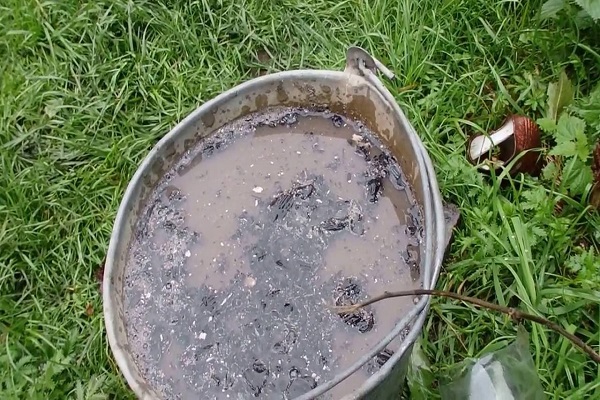
The same categorical answer is given to the question of whether it is possible to prepare mixtures based on ash and manure, or to take chicken manure for a nutritional base. All these substances related to organic matter of an aggressive type, together with mineral matter, give an unfavorable and complex chemical reaction that can only harm the plant, but in no way contribute to its development.

